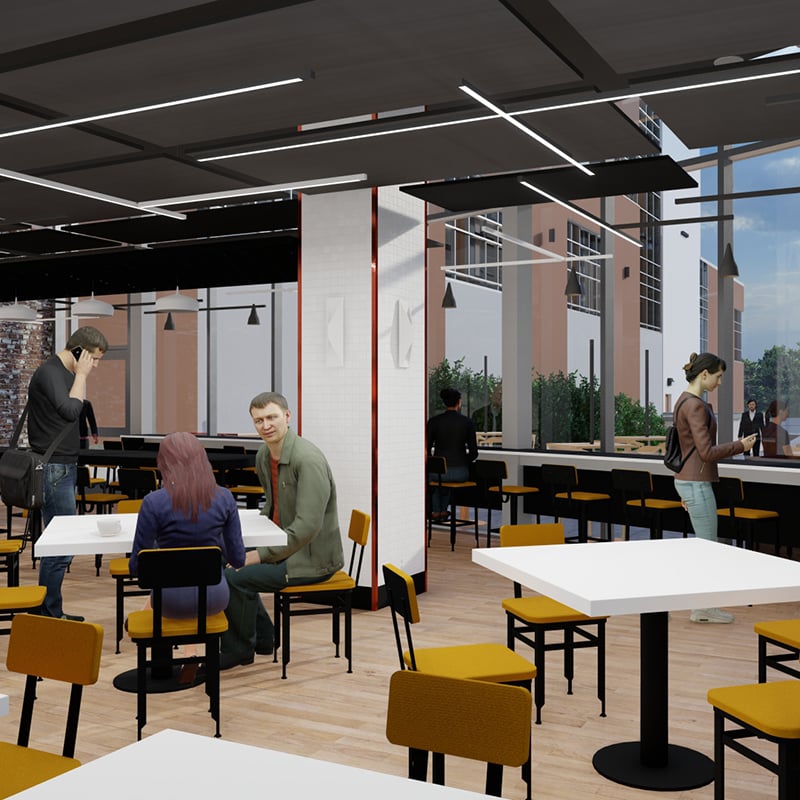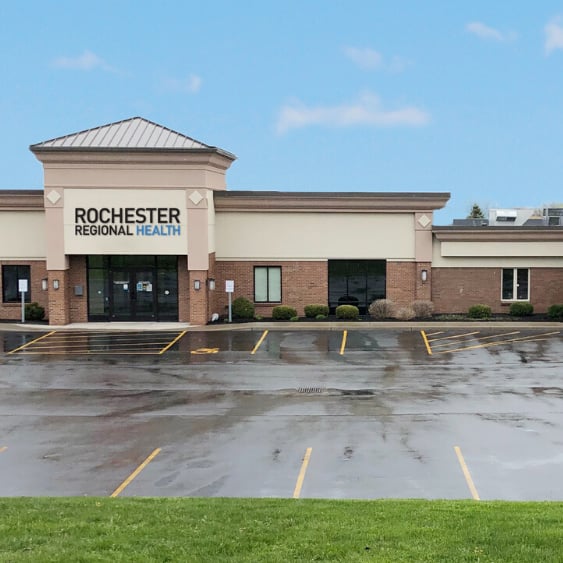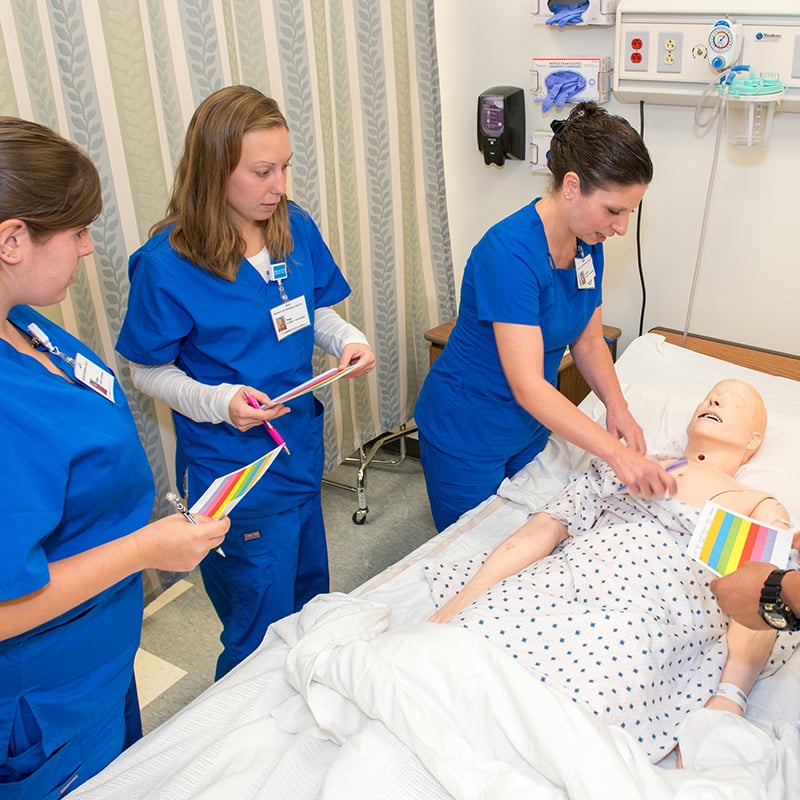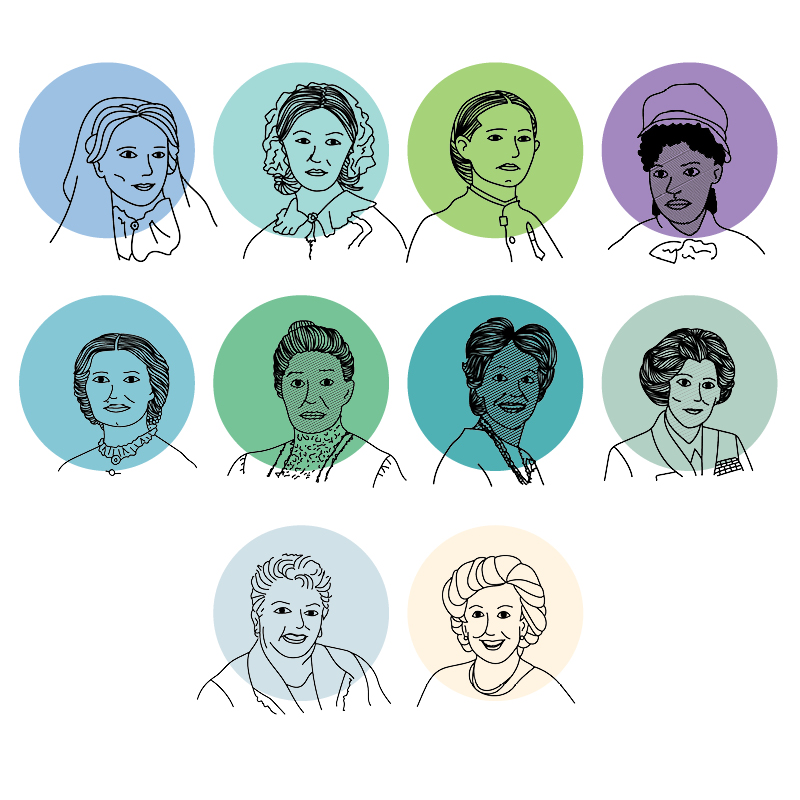In keeping with the goal of sourcing renewable energy for 100% of the electricity use within all its facilities by 2025, Rochester Regional Health has begun a partnership with Nexamp on a New York State Community Solar program. Nexamp operates dozens of solar farms throughout the country.
How do solar farms reduce carbon emissions?
Solar farms are large areas of land that operate similarly to power plants. Each farm contains ground-mounted solar panels (known as photovoltaic panels) which harvest the sun’s rays and regenerate them as solar energy, or, electricity.
Healthcare contributes to 8% of all U.S. energy emissions, due in part to the need to operate 24 hours per day, seven days a week. Because climate change is a human health issue, Rochester Regional is committed to reducing its environmental impact through improving and optimizing operations, developing on-site renewable energy systems, and purchasing off-site renewable energy. Through the community solar partnership with Nexamp, Rochester Regional Health will save more than $220,000 on annual energy costs and share the benefits with the community.
Mike Waller, director of sustainability for Rochester Regional Health, says the partnership is a conscious decision to manage resources carefully, ensure a healthy environment and create a more sustainable community.
“We know that hospitals and clinics use much more energy than a typical business,” says Waller. “The ability to complement our on-site solar with a community solar agreement gives us the opportunity to offset energy usage at our many sites across the region, while also providing a green energy option for those in the communities we serve.”
Solar farms throughout Western New York
Our solar farms include:
- Three community solar farms in Spencerport will provide solar credits to Rochester General Hospital, Unity Hospital and St. Mary’s Campus.
- A community solar farm in Lockport will provide solar credits to United Memorial Medical Center.
- A community solar farm in Ghent will provide solar credits to Clifton Springs Hospital & Clinic and Newark-Wayne Community Hospital.
While Rochester Regional Health will receive up to 40% of the solar credits generated from these farms, residential community members are also able to take advantage of this service for the remaining credits, without having to put solar panels onsite. New York is one of the few states to have a community solar program. Any resident or commercial entity that pays for electricity can sign up for a share of the financial credits generated through a community solar program located in their utility district, and start saving money on their utility costs with no out-of-pocket expenses.
David Wells, director of community solar in New York State for Nexamp, says the company is focused on helping all energy users achieve sustainability and cost savings.
“The community solar program in New York makes it possible to increase the generation of clean energy and share those benefits with both business and residents,” says Wells. “Distributed generation of clean solar energy from the sun is meeting the needs of communities and is an important step in the decarbonization of our society moving forward.”
In addition to solar farming, Rochester Regional is working on other initiatives, including energy efficient equipment, monitoring metering, Energy Star and EPEAT certified products, lighting upgrades, and variable speed drives. Read the full list.
If you have any thoughts or questions about this program or any other sustainability efforts at Rochester Regional Health, please reach out to sustainability@rochesterregional.org.








